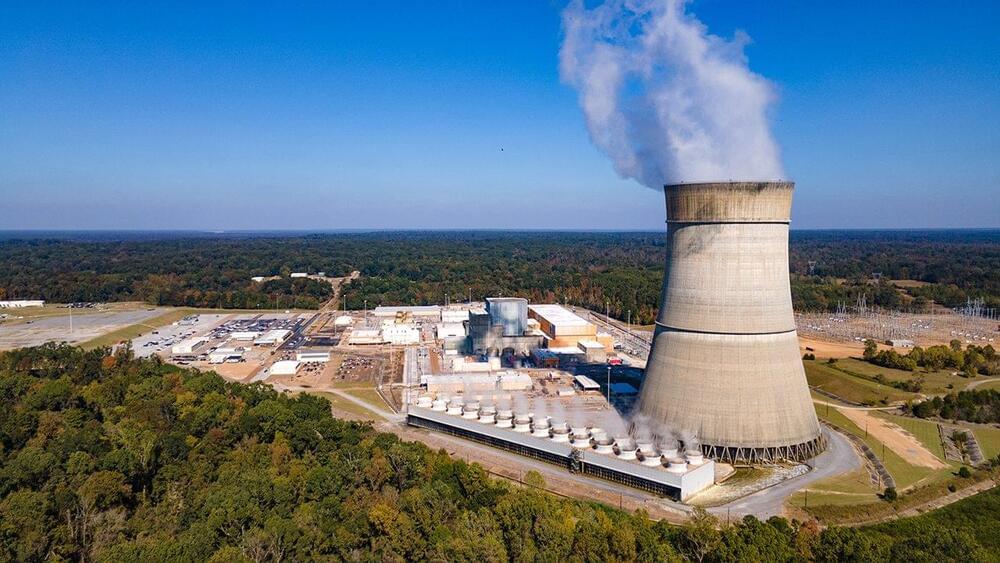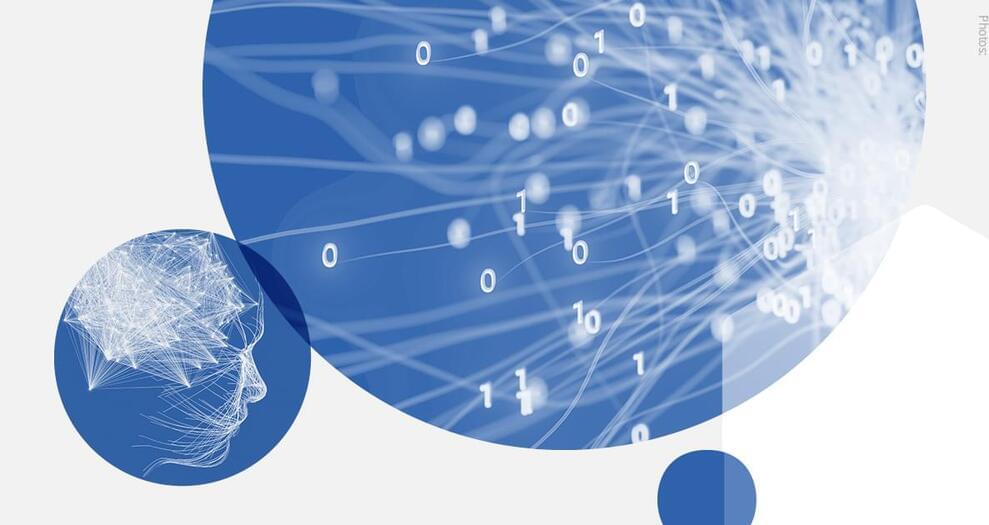Jul 7, 2024
Glaze — What is Glaze
Posted by Saúl Morales Rodriguéz in categories: economics, education, habitats, robotics/AI
Generative AI models have changed the way we create and consume content, particularly images and art. Diffusion models such as MidJourney and Stable Diffusion have been trained on large datasets of scraped images from online, many of which are copyrighted, private, or sensitive in subject matter. Many artists have discovered significant numbers of their art pieces in training data such as LAION-5B, without their knowledge, consent, credit or compensation.
To make it worse, many of these models are now used to copy individual artists, through a process called style mimicry. Home users can take art work from human artists, perform “fine-tuning” or LoRA on models like stable diffusion, and end up with a model that is capable of producing arbitrary images in the “style” of the target artist, when evoked with their name as a prompt. Popular independent artists find low quality facsimilies of their artwork online, often with their names still embedded in the metadata from model prompts.

















